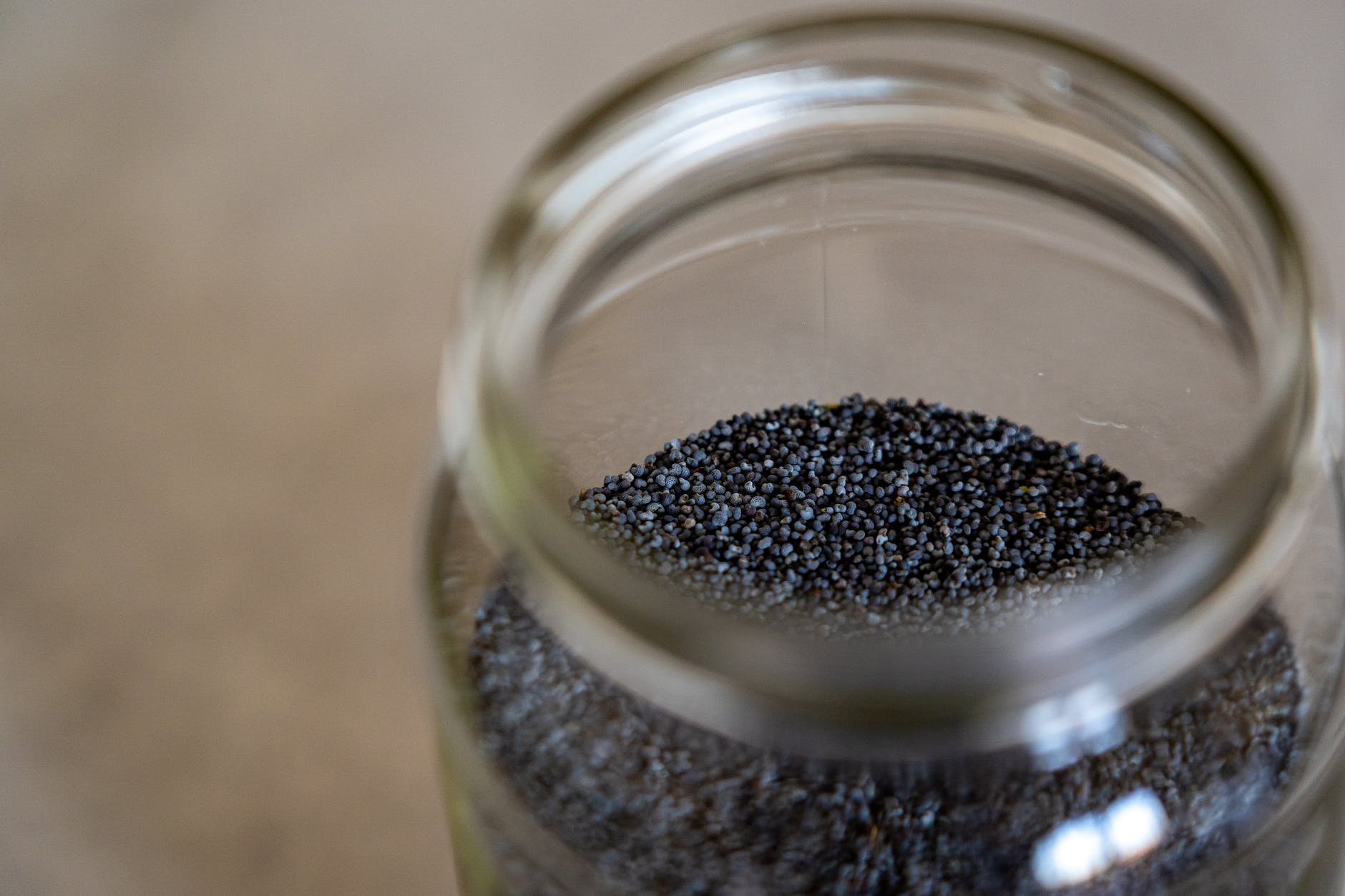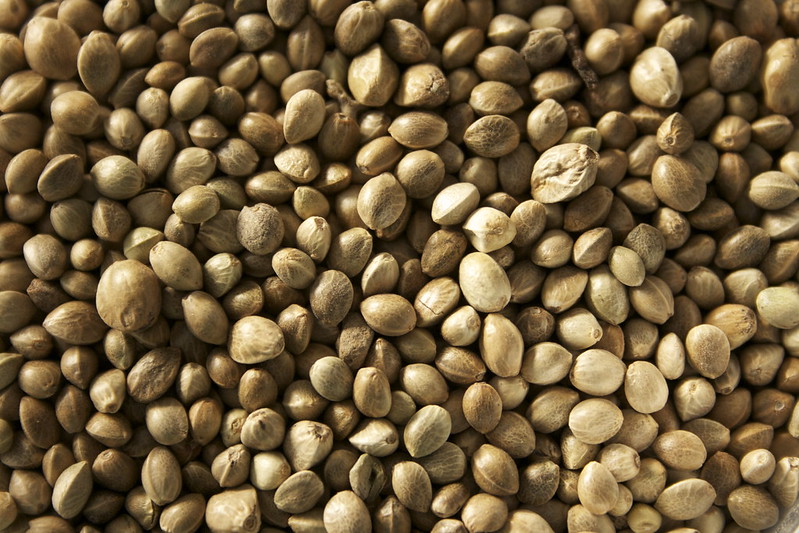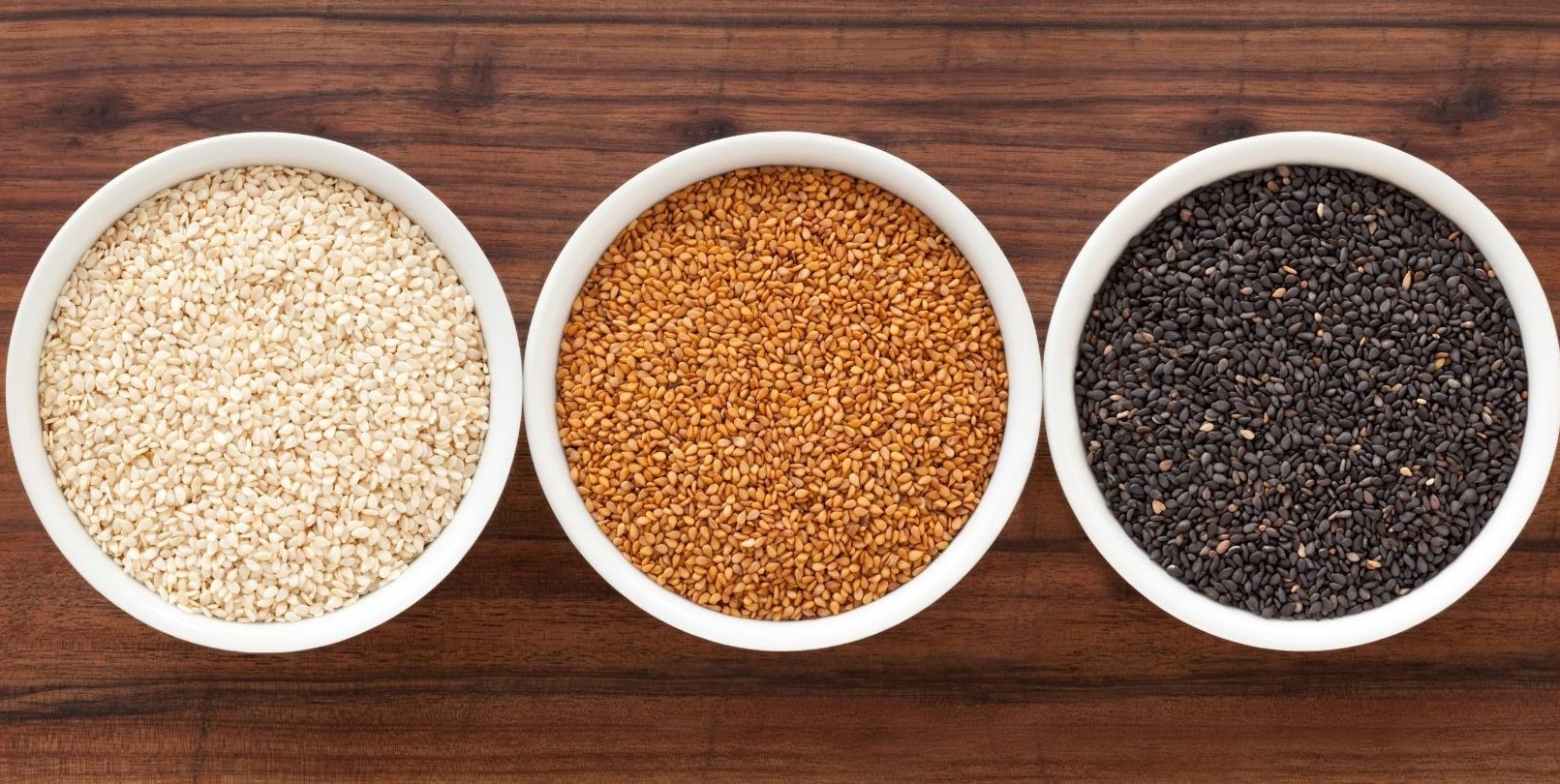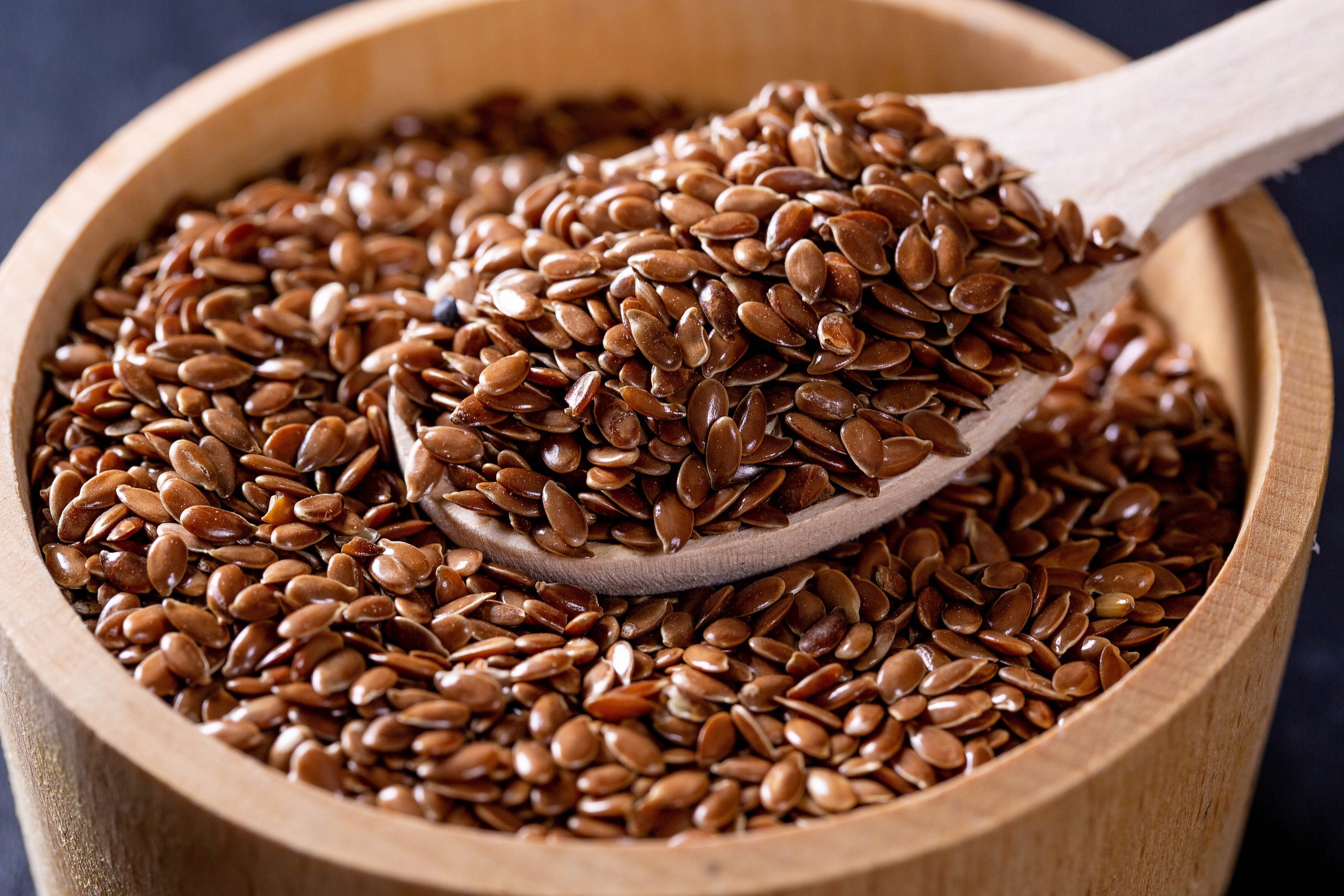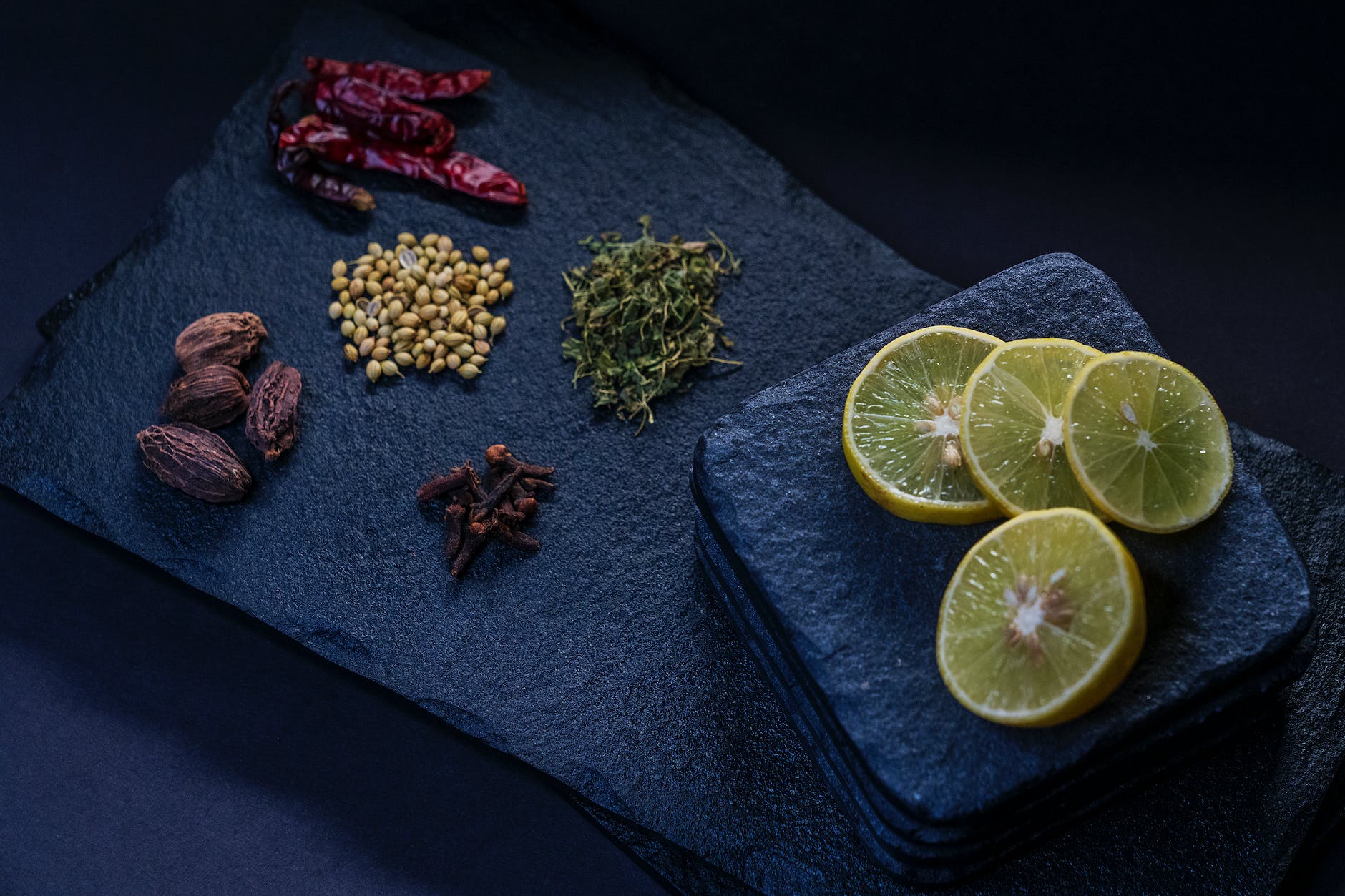
Introduction: 🌲🌟 Welcome to another informative blog post in our series on seeds and nuts and their impact on weight loss! In this edition, we will explore the world of pine nuts and their potential role in helping you shed those extra pounds. Known for their buttery flavor and versatility in culinary creations, pine nuts have garnered attention for their potential health benefits. Join us as we dive into the details and uncover whether pine nuts are a natural aid for weight loss or simply part of the hype.
Macros per 100g of Pine Nuts:
| Nutrient | Amount |
|---|---|
| Calories | 673 |
| Carbohydrates | 13.1g |
| Protein | 13.7g |
| Fat | 68.4g |
| Fiber | 3.7g |
| Sugars | 3.6g |
🌲🔍 Pine nuts, the edible seeds of pine trees, have been consumed for centuries and are popular in Mediterranean and Middle Eastern cuisines. Let’s explore the potential benefits of pine nuts for weight management and delve into the science behind their impact on shedding those extra pounds:
- Appetite Suppressant Properties: 🌲🍽 Pine nuts are rich in a unique fatty acid called pinolenic acid, which has been associated with appetite suppression. Pinolenic acid triggers the release of certain hormones in the gut that promote a feeling of fullness and reduce appetite. By incorporating pine nuts into your meals, you may experience a greater sense of satiety, leading to reduced calorie intake and potential weight loss.
- High Healthy Fat Content for Satiety: 🌲💧 Pine nuts are packed with healthy monounsaturated and polyunsaturated fats, including omega-3 and omega-6 fatty acids. These fats are known to contribute to satiety and help regulate hunger hormones. Including moderate amounts of pine nuts in your diet can help you feel fuller for longer, curb cravings, and potentially aid in weight management.
- Plant-Based Protein for Muscle Support: 🌲💪 Pine nuts contain a notable amount of plant-based protein, which is crucial for muscle support and repair. Protein helps preserve lean muscle mass, which is important for maintaining a healthy metabolism and optimizing weight loss efforts. By incorporating pine nuts, you can contribute to your daily protein intake and support your weight loss goals.
- Essential Nutrients for Overall Well-being: 🌲🌿 Pine nuts are rich in essential nutrients such as vitamin E, magnesium, zinc, and manganese. These nutrients play vital roles in energy production, immune function, and overall well-being. Maintaining proper nutrient levels is important for weight management, as it ensures your body functions optimally during the weight loss process.
- Mindful Eating and Sensory Satisfaction: 🌲😌 Pine nuts have a rich, buttery flavor and a slightly sweet taste that adds depth to various dishes. The act of eating mindfully and savoring the flavors and textures of food can contribute to a greater sense of satisfaction and enjoyment during meals. By including pine nuts in your meals, you can enhance the sensory experience of eating, making you more aware of portion sizes and potentially aiding in portion control.
⚠️ Warnings and Considerations: 🚫 While pine nuts offer potential benefits for weight management, it’s important to keep the following points in mind:
- Caloric Awareness and Portion Control: 🚫 Pine nuts are calorie-dense due to their high fat content. It’s essential to be mindful of portion sizes and incorporate them into your meals in moderation. A small handful (around 1-2 tablespoons) of pine nuts can provide flavor and nutritional benefits without excessive calorie intake.
- Allergies and Sensitivities: 🚫 Some individuals may have allergies or sensitivities to pine nuts. If you have known allergies to tree nuts, it’s crucial to exercise caution and consult with a healthcare professional before incorporating pine nuts into your diet.
- Source and Storage Considerations: 🚫 Ensure you source pine nuts from reputable suppliers to maintain quality and prevent the consumption of rancid or contaminated nuts. Additionally, store pine nuts properly in a cool, dry place to preserve their freshness and prevent spoilage.
💡 Recipe Ideas: Now, let’s explore some delicious and creative ways to incorporate pine nuts into your weight loss journey:
- Spinach and Pine Nut Stuffed Chicken Breast: 🍗🌲 Flatten chicken breasts and season with salt and pepper. In a bowl, combine chopped spinach, pine nuts, minced garlic, and a sprinkle of Parmesan cheese. Spread the mixture over the chicken breasts and roll them up. Secure with toothpicks and bake in the oven until cooked through. Slice and serve with a side of roasted vegetables for a protein-packed meal.
- Pesto Zucchini Noodles with Pine Nuts: 🥒🌲 Spiralize zucchini into noodle-like strands and sauté them in olive oil until tender. In a blender or food processor, combine fresh basil leaves, pine nuts, garlic, Parmesan cheese, and a drizzle of olive oil. Blend until smooth to create a pesto sauce. Toss the zucchini noodles in the pesto sauce and garnish with additional pine nuts and cherry tomatoes for a flavorful, low-carb meal.
- Mixed Green Salad with Roasted Vegetables and Pine Nuts: 🥗🌲 Roast a variety of vegetables, such as bell peppers, zucchini, and eggplant, in the oven with a drizzle of olive oil, salt, and pepper. In a bowl, combine mixed greens, roasted vegetables, cherry tomatoes, and pine nuts. Drizzle with a lemon-herb vinaigrette and toss to coat. Sprinkle with feta cheese for an appetizing and nutrient-rich salad.
- Pine Nut-Crusted Baked Fish Fillet: 🐟🌲 Coat fish fillets, such as salmon or cod, with a mixture of crushed pine nuts, breadcrumbs, dried herbs, and a squeeze of lemon juice. Bake in the oven until the fish is cooked through and the pine nut crust is golden and crispy. Serve with a side of steamed vegetables or a quinoa salad for a nutritious and satisfying meal.
- Pine Nut and Apricot Energy Bites: 🍯🌲 In a food processor, combine pitted dates, dried apricots, pine nuts, almond butter, honey, and a pinch of cinnamon. Process until the mixture comes together and forms a sticky dough. Roll the mixture into bite-sized balls and refrigerate until firm. These energy bites make a perfect on-the-go snack to satisfy your cravings.
🌟 Conclusion: 🌲✨ Pine nuts offer a range of potential benefits for weight management due to their appetite-suppressing properties, healthy fats, protein content, essential nutrients, and sensory satisfaction. However, it’s important to consume them in moderation, be mindful of portion sizes, and consider any allergies or sensitivities. Incorporate pine nuts into your meals creatively to enjoy their unique flavor and potential weight loss benefits while maintaining a balanced diet and overall healthy lifestyle.

